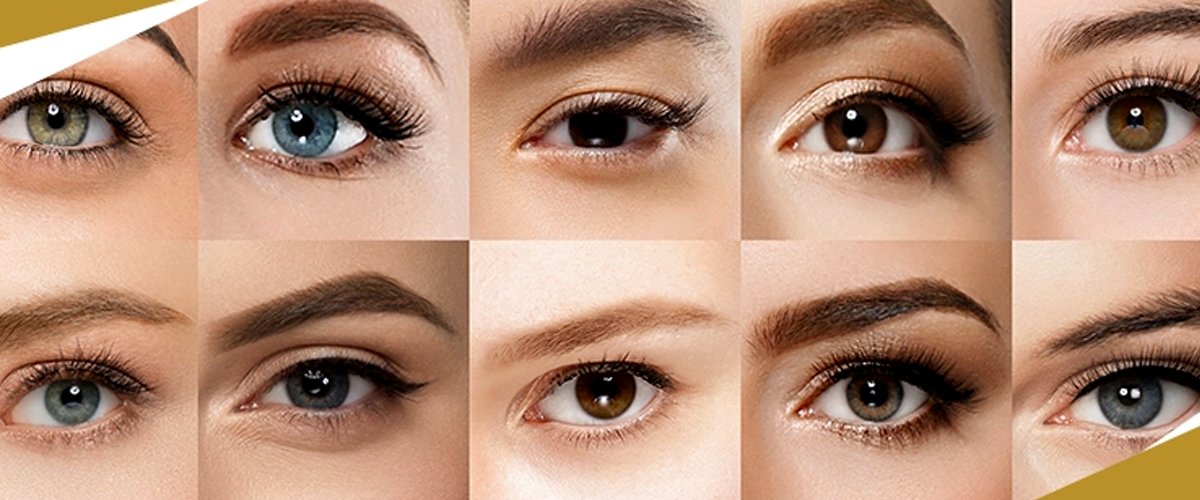
Katt Valdez’s Best Decision Ever: LASIK!
A well-travelled influencer like Katt Valdez deserves the best vision to see the world in HD.LASIK gave her that.Goodbye glasses & contact lens for me, finally after LASIK! My new eye grade is now 20/12!She's happy she can now go…


